Floriography: A Forgotten Language?

Ophelia by John Everett Millias, an example of Floriography being used in art
January 20, 2022
Flowers have been used for decades to “wow” the receiver. Flowers have been sent from loved ones, for congratulations, for good luck, and as condolences. Whatever the case, people have used flowers to express emotions and convey feelings. However, since the Victorian era, those bundles of floral beauties have sent additional messages to the receivers.
The first known dictionary written about floriography, the language of flowers, was published in 1834. Floriography was used as a secret language in the Victorian era. Because of the strict conservative social structure in the Victorian era, floriography was used to convey secret emotions and messages. One example of the use of flowers conveying messages was the purple violet. More widely known, the floriography’s definition of the violet is modesty, but, thanks to Greek poet Sappho, there was a second meaning. Queer women would present purple violets as a sign of their queerness.
Floriography has also been used in many works of art and forms of media. More recent examples include tv show episodes such as one episode produced of Criminal Minds. A Criminal Minds episode titled “No Way Out: The Evilution of Frank” portrays a short scene that mentions how flowers sometimes have more meaning behind them. The example they use of floriography in this episode shows how a rose means more than saying hi to an old friend and actually stands for passion and love.
But examples like these have been traced back to plays produced by Shakespeares, such as Ophelia in the play Hamlet, and pieces of art as shown by the illustrations of the Virgin Mary. Most pieces of art depicting the Virgin Mary are painted with white lilies, which stand for chastity and purity such as that of the Virgin Mary. One artist named Caz Novak created a whole series of art titled “Opulence” which was inspired by Floriography. Each painting in this series uses the Language of Flower’s definition of a flower and depicts it in bursting colors and symbolism.
Although the language of flowers isn’t used often, it is truly an amazing concept introduced in Victorian times. Seeing the art and media that have been influenced by this concept is incredible and inspiring.




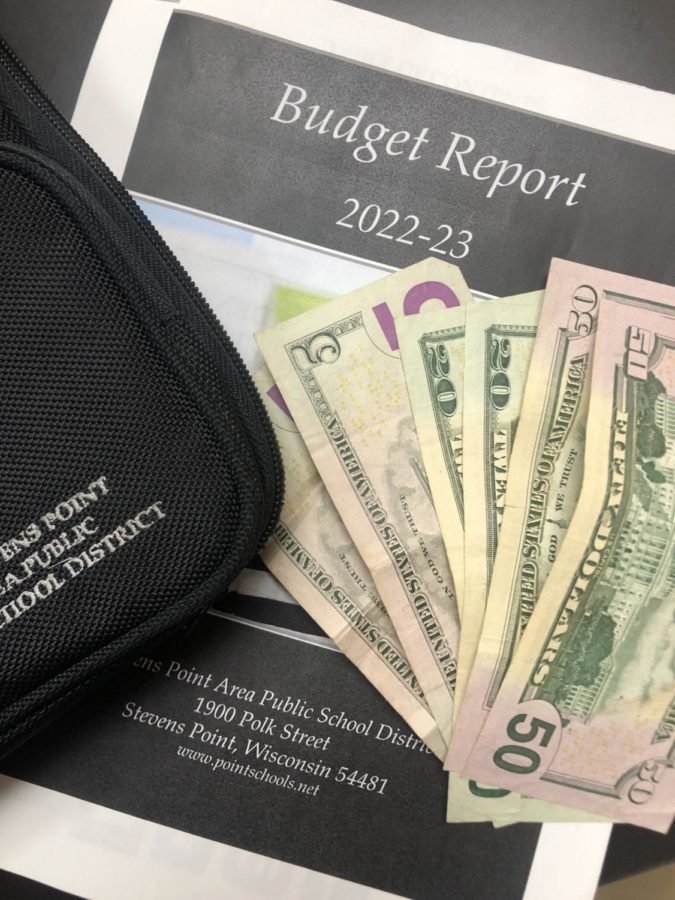

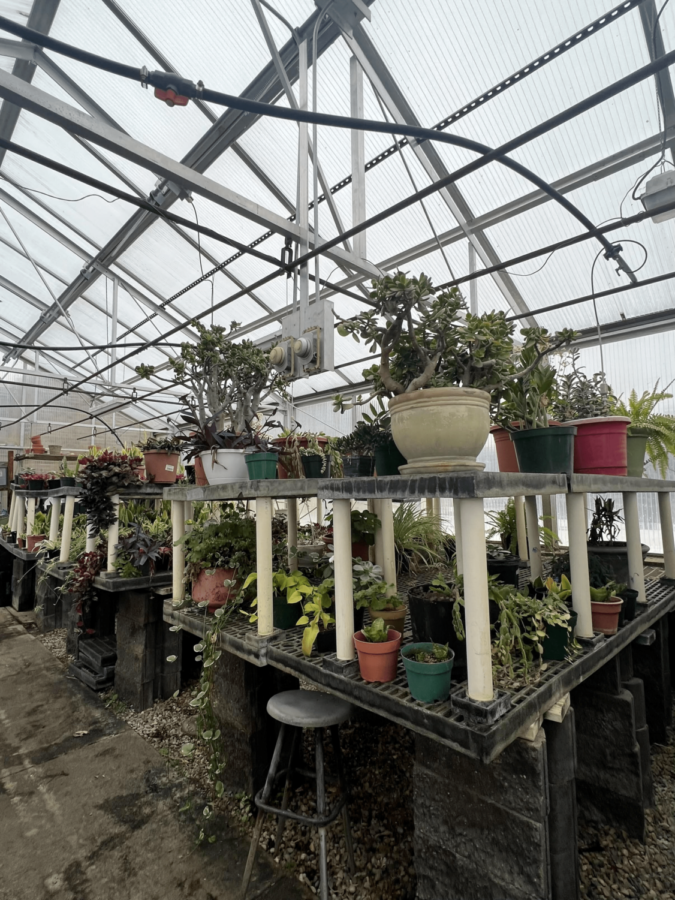







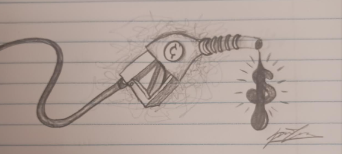











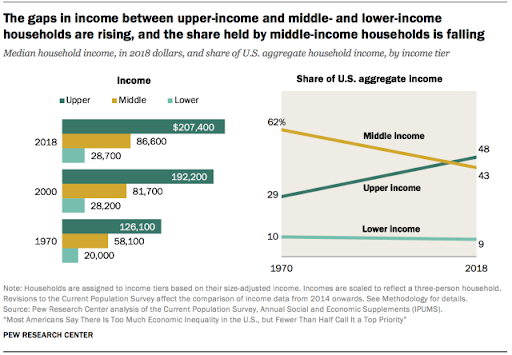







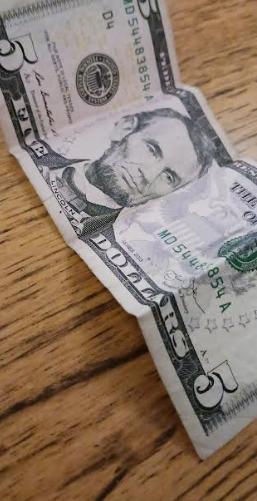
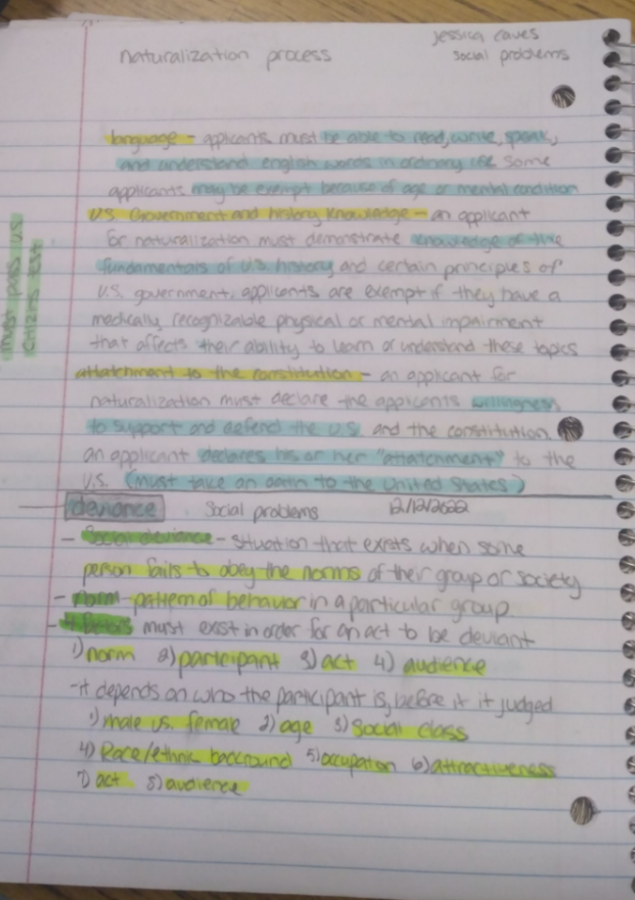



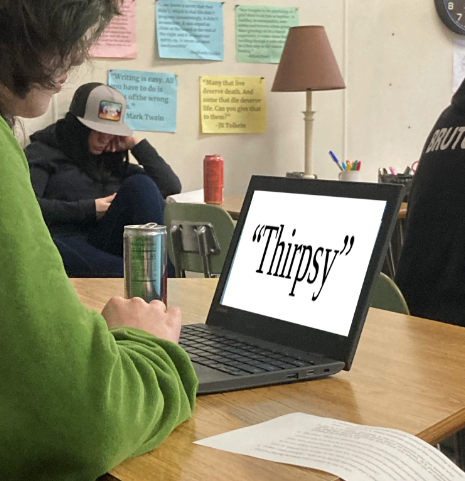







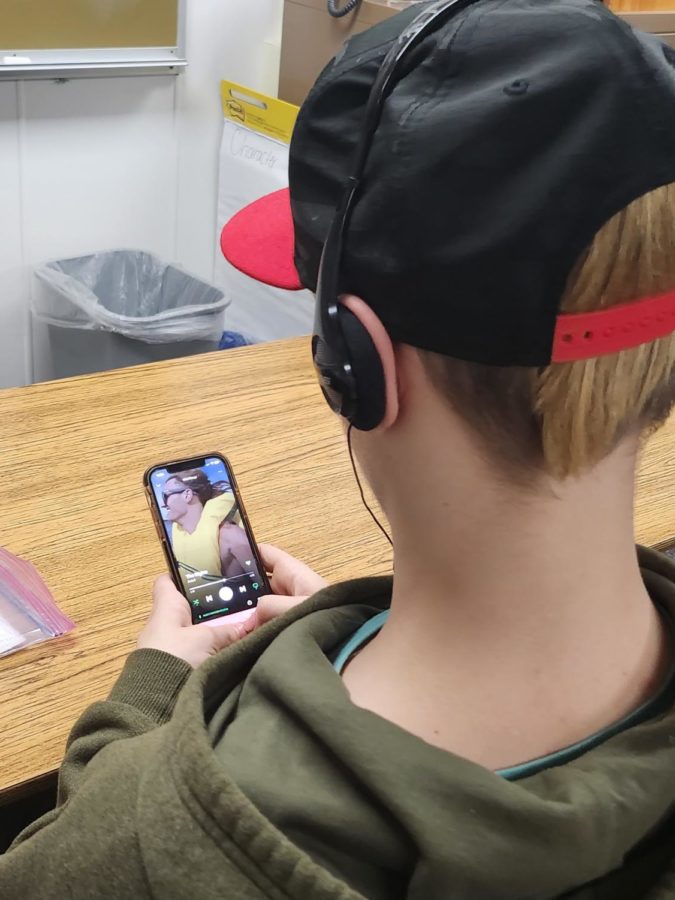


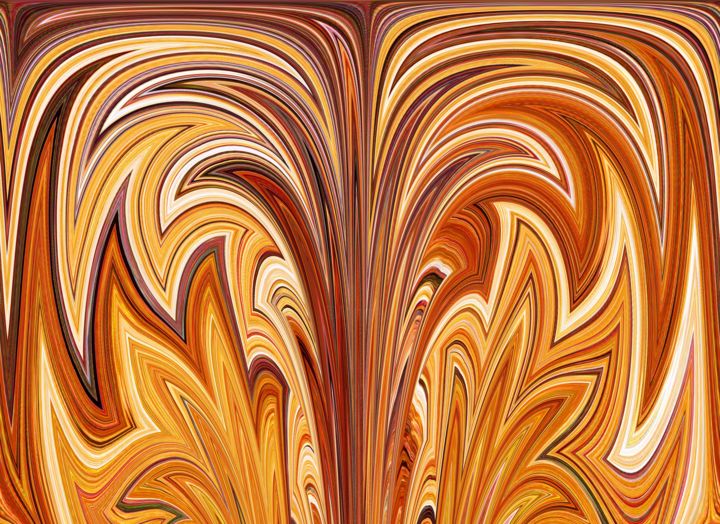













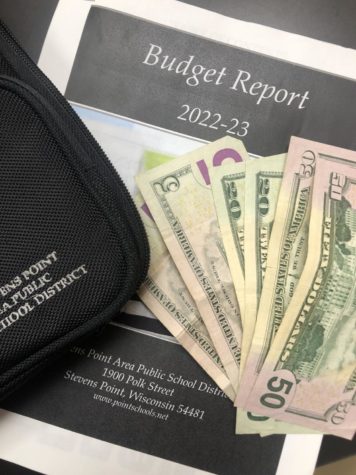
Lola Dickey • Oct 24, 2022 at 8:07 AM
Nora, I really like that your title. It was a great summary of your article, and very intriguing as well. I also like that you started your article with ways that “flowers have been sent” to people.
Jack E Biggs • Jan 20, 2022 at 12:21 PM
Nora, I really liked the images you used.